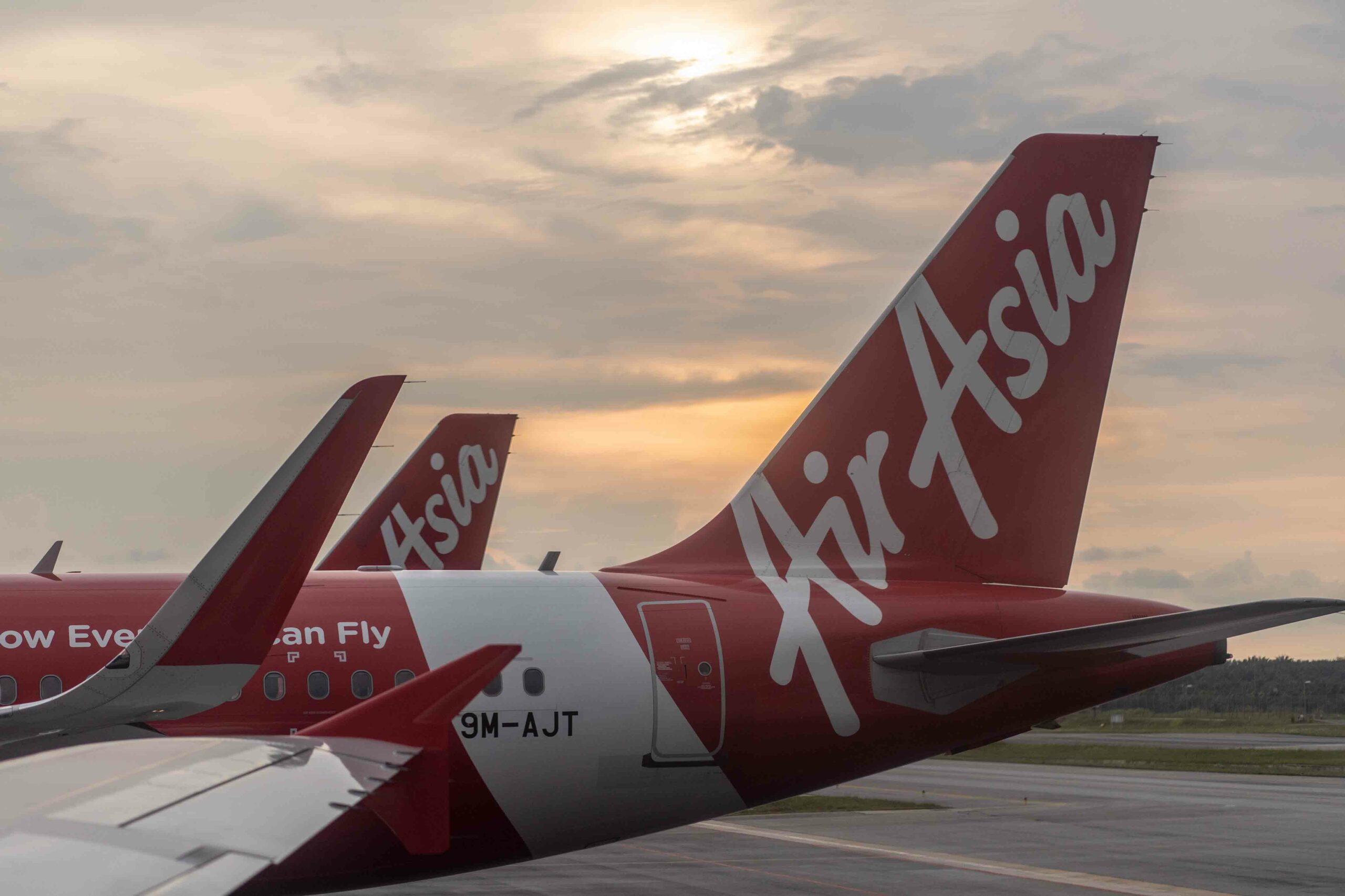Strong cargo performances recovery for Asian airlines
Asia-Pacific airlines continue to enjoy strong cargo markets, partially offsetting the dire lack of passenger travel amid the coronavirus pandemic.
An examination of recent results statements suggests cargo yields are softening somewhat as more capacity is added, but cargo load factors remain strong, with some airlines reporting record cargo revenues.
Korean Air continued to see strong cargo performance in its second quarter results to 30 June, notching up a new record for quarterly cargo revenue, which jumped 23.2% to W1.5 trillion ($1.2 billion).
Its cargo capacity, as measured by FTKs, rose 29.1% year on year, with cargo load factors rising 5.2 percentage points to 86%. Items shipped included IT products, car parts, seasonal fruits, and semiconductor equipment.
In addition to its main deck freighter operation, Korean operated over 800 cargo flights using passenger jets, double the number in the second quarter of 2020. Sixteen aircraft – 10 Boeing 777s and six A330s – have had seats removed to allow for freighter operations.
The lion’s share of Korean’s cargo flights served the Americas, account for 50% of sales by route, followed by European Union with 18%.
Asiana Airlines, which Korean is in the process of acquiring, posted another excellent quarter on the cargo front, with international cargo revenue rising 8% to W700 billion.
The carrier’s international cargo load factor rose 13 percentage points to 98%, as ATKs fell 2% and RTKs rose 12%. The airline’s international cargo yield slipped 3%.
The strong cargo performances propelled both Korean and Asiana to profitability, despite continued severe weakness in their passenger businesses, particularly for international flights.
In Japan, both All Nippon Airways (ANA) and Japan Airlines (JAL) reported losses in the three months to 30 June, the first quarter of their 2021 financial years. Cargo somewhat offset dismal passenger numbers.
ANA generated record cargo revenues of Y66 billion ($602 million), more than double the Y25.4 billion a year earlier. International freight carried more than doubled to 233,000t, and FTKs nearly tripled. ANA saw its international cargo load factor climb 8.7 percentage points to 75.9%
“For international cargo services, ANA Cargo actively responded to strong demand by operating additional one-time cargo flights and utilizing passenger aircraft to fly cargo dedicated flights,” says the carrier.
JAL’s cargo/mail revenue jumped 79.3% to Y47.6 billion in the three months to 30 June. The airline notes that air cargo demand remained strong owing to a lack of belly hold capacity due to fewer passenger flights. On international routes, RTKs more than doubled from a year earlier, with JAL using passenger aircraft for cargo operations.
Although China Airlines saw passenger revenue decline 88.3% in the seven months to 31 July, its FTKs rose 18.7% during the period, and its cargo load factor rose 4.6 percentage points to 71.2%. In addition, its cargo yield rose 13.5%.
Although it had a decent quarter on the cargo front, Cathay Pacific failed to fully capitalize on strong cargo demand owing to onerous crew quarantine restrictions in Hong Kong during the first half of 2021.
Cathay’s first half AFTKs fell by 31.9%, and total tonnage was down 17.7% to 549,000t. Still, cargo revenues were flat at HK$11.1 billion ($1.4 billion), supported by cargo yields jumping 24.4% and cargo load factors rising 12.1 percentage points to 81.4%.
Finally, Singapore Airlines nearly doubled cargo and mail carried to 243,000t in the first quarter to 30 June, up 78.3%, as it boosted gross cargo capacity by nearly 50%, partially due to additional belly hold space in passenger flights. Cargo load factors rose 11.3 percentage points to 89.1%, but its increase in capacity saw yields fall 21.3%.
“Cargo demand fundamentals remain strong, with purchasing managers’ indices for most of the key export economies still in expansionary territory and inventory restocking in progress,” said SIA in its results statement.
“While overall airfreight demand is expected to be healthy in the coming months, seasonal fluctuations and tighter pandemic controls in certain locations will create short-term volatility. Overall industry airfreight capacity continues to be tight as passenger flights, and hence bellyhold cargo capacity, have yet to recover fully.”
Written by Greg Waldron
Photo: Semachkovsky / Shutterstock.com


